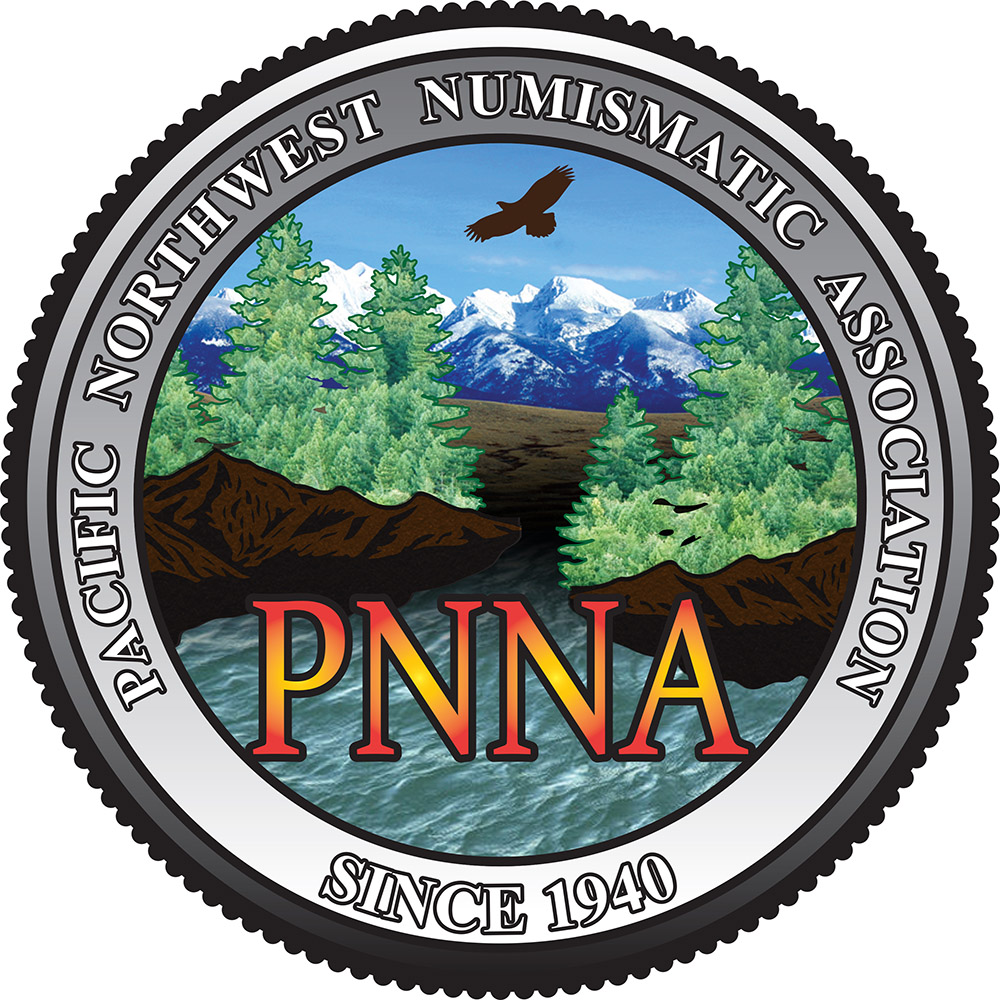Numismatic Exhibiting by Joseph E. Boling
Anyone can prepare a winning exhibit; the key word is prepare. A winning exhibit takes work and some talent — but it does not have to have exceptional numismatic material.
Purposes of exhibiting
- to educate (the exhibitor and others)
- to interest other collectors in the material or period
- to interest the public in collecting
- to brag about what you own
- to win awards.
To do these, an exhibit must —
- attract and hold attention.
- present information.
- be understandable.
Competitive exhibits face another hurdle — they must do these things for knowledgeable numismatists (the judges).
- If you exhibit for pleasure, there are few rules.
- If you want to exhibit in the “big leagues,” you have to play by the rules.
- Competition requires a tradeoff — ease of viewing vs. depth of presentation.
Preliminary steps
- Get the exhibit rules for the show at which you want to exhibit.
- Choose a category within which to exhibit.
- Apply for exhibit space.
Building the exhibit
- Select a theme — choose the story that you want to tell.
- Bring relevant material to your story; it is not necessary to show everything that you own.
- Fit the theme of the exhibit to the exhibition categories (if necessary).
- Perform research.
- Read primary and secondary numismatic references (take notes).
- Read background sources (history, biography, criticism).
- Talk to others (collectors, scholars, users).
- Cull essentials from the mass of information.
- Write your text and captions.
- Write carefully and edit skillfully — let it gestate.
- Tie the numismatic specimens to the text (make it easy for the reader to follow the exhibit).
- Write stimulating captions — draw the reader back into the story.
- Stick to the chosen theme, in text and specimens.
- Lay out the exhibit and check for physical space/balance.
- Reduce text and/or specimens if necessary.
- Allow space for titles and for non-numismatic collateral material.
- Keep the exhibition rules in mind — number of cases, external props, lights, and so forth allowed.
- Prepare the final text, captions, backgrounds, titles.
- Proof read.
- Use artistic skills and readily available aids (art papers, laser printers, die-cut lettering, ribbons).
- Prefabricate as much as possible, to minimize setup time at the convention.
- Lay out the exhibit in final, complete form.
- Make a map.
- Critique, proof read again; get another person to examine the exhibit.
- Make necessary changes.
- Package specimens and props for ease of transport.
- Triple check for completeness — it’s frustrating to arrive at the convention without a key item.
At the exhibition
- Check in with the exhibit chairman; get labels for all cases.
- Check available display space (if choices are available) for best lighting and viewer accessibility.
- Clean the cases (glass inside and out, bottom of case for aluminum shards and oil).
- Emplace the exhibit.
- Double check everything for proper placement (it’s easy to show the wrong side of a small item).
- Stay with your exhibit until the cases are closed and sealed.
- Examine the other exhibits.
- Attend the exhibiting seminar (if one is offered).
- Attend the judges’ training seminar (if one is offered).
- Collect your ribbon or trophy!
After the exhibition
- Write an article using your exhibit’s text (ask for assistance in preparing illustrations if necessary).
- Improve the exhibit and move up to higher levels.
- At the ANA level — you will find narrower categories, variable competition.
Rules of thumb
- Be neat and keep things simple.
- Use correct grammar and spelling.
- Don’t brag, but do inform the reader.
- Be as brief as your theme will allow.
- Ask for and accept criticism.
- Relax and enjoy yourself.
Contact me if you have any questions:
Joseph E. Boling, e-mail joeboling@aol.com.
ANA chief judge, 1991-93, 1995-2003, 2011; member of ANA exhibiting committee since 1987.
